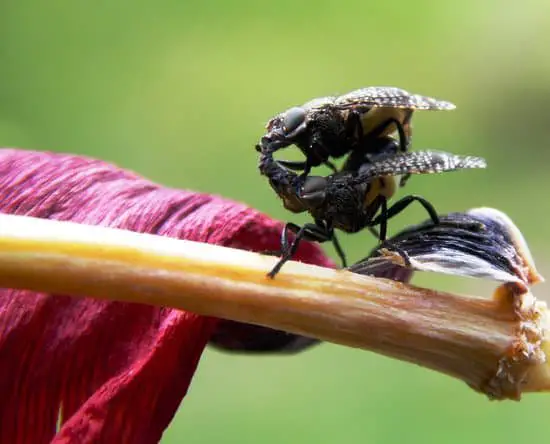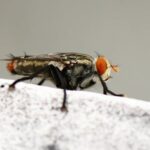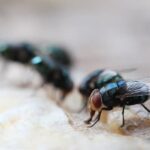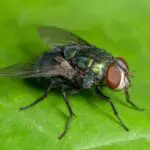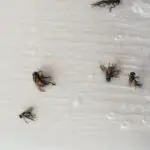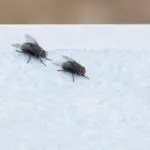Why Do Fruit Flies Form?
Fruit flies can be a real nuisance in your home. They are small insects that feed on fermenting fruit and can smell it from a distance. They can enter your home through window screens and crevices. Once inside, fruit flies lay their eggs on the skin of ripe fruits. They then reproduce and grow into full-blown fruit fly infestations.
Although their appearance can be mysterious, the science behind their development is actually pretty simple. They do not spontaneously develop, but are a product of decaying food. As a result, they are drawn to fermented products, such as fruit juices or vinegar. The reason they are so attracted to such beverages is that they provide them with a source of nutrition.
Once the eggs hatch, fruit flies develop into larvae. The larvae feed on the fruit as well as various bacteria. Once the larvae are mature, they change into oval-shaped pupae that are light to dark brown in color and hard to break. The pupae eventually develop into adult fruit flies inside a pupal case that resembles a cocoon or a chrysalis.
The life cycle of a single fruit fly is very fast. They develop from an egg to an adult in about four to five weeks. During this time, the female will lay more than 500 eggs. If given the chance, these flies can complete their life cycle in about a week.
